All about planting peaches
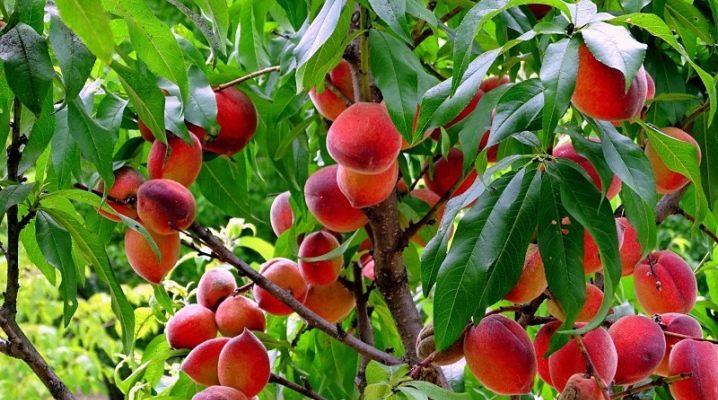
Planting a peach tree is a very important step that will lay the foundation for abundant fruit production in the future. At this stage, you should choose the right seedling, find the optimal place, decide on suitable culture neighbors and prepare a hole. We will tell about everything in our article.

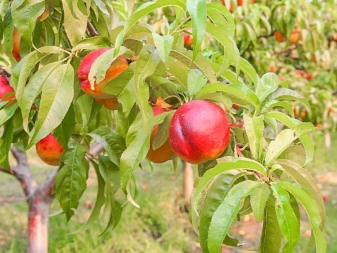
Timing
Those who are first faced with planting peach trees are probably interested in the question: when is the best time to carry out planting activities. Many gardeners assure that it is advisable to plant this crop in the spring. They explain this by the fact that according to statistics, spring planting gives the maximum percentage of established plants. However, in fact, the choice largely depends on the climatic characteristics of the region. Planting peaches in spring will be effective in areas of a temperate natural and climatic zone:
- in the Republic of Adygea, where summer lasts 180 days;
- in Stavropol, where there are no sudden jumps in temperature;
- in the Crimea with its hot long summer;
- near Novorossiysk, in the area of the beginning of the Caucasus Mountains;
- in the Kaliningrad region, where it snows for a month.
In all other areas where winter comes and goes according to calendar dates, it would be preferable to plant a young peach in the fall. This is the safest period, since with the arrival of coolness, the tree is no longer exposed to attacks by fungi and insect pests - all parasites enter a state of winter suspended animation and cannot cause significant harm to the plant.
In addition, the choice of planting material in the fall is much wider. In addition, at this time there are already leaves on the branches, which can indicate its varietal affiliation.
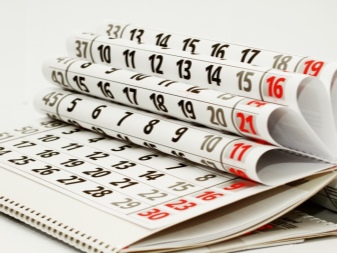
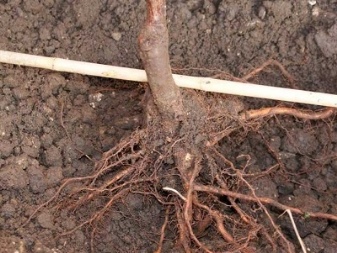
It is necessary to carry out planting activities in early spring, when the snow melts, and the earth dries up a little and warms up. By that time, the average daily temperature should be at least 7 degrees. At the same time, one should guess a time when the kidneys have not yet swollen. Depending on the climatic zone, this period corresponds to:
- in the Moscow region and the middle lane, it is advisable to plant a peach in the second half of April;
- in the North Caucasus and Krasnodar Territory - in the second half of March;
- in the Leningrad region, as well as in the Urals and Siberia, the optimal period is the first third of May.
When planting in autumn, the optimal period for work is determined by weather factors. Plants take root most quickly if they were planted at a temperature of 10 grams. heat in the daytime and not less than 5 grams. at night. At the same time, before the arrival of real cold weather, it should remain not less than 3 weeks. Otherwise, the young plant will not have time to adapt to the new conditions and will die during the first frosts:
- in the Moscow region, the central part of Russia and Belarus, work is carried out in the last decade of September - early October;
- in the North Caucasus and the Kuban, peaches can be transplanted throughout October;
- in the Leningrad region, in Siberia and in the Urals, a young bush can be transplanted during September.
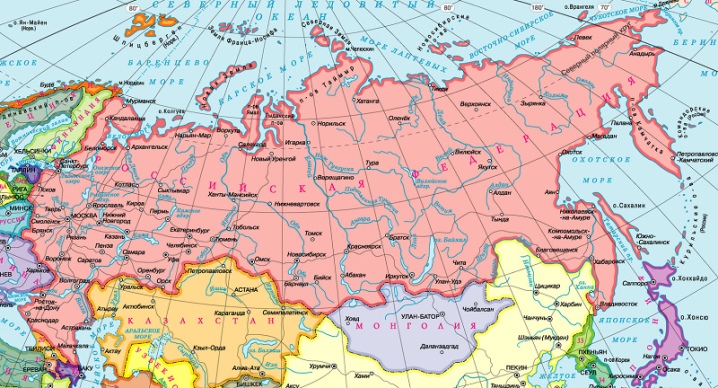
Sapling selection
The main thing that you should pay attention to when choosing a seedling is its variety. It must correspond to the conditions of a particular cultivation region. If we are talking about the central and northern parts of our country, then it must be frost-resistant. When landing in the south, this requirement is not critical. When choosing a seedling, be sure to check the flowering time.If the tree blooms too early, return frosts in May can kill flowers and ovaries. This leads to a minimum yield.
A healthy seedling must meet the following criteria:
- powerful, developed root system with a main root and two or three lateral roots;
- age 1-2 years, seedlings over 2 years old are unlikely to take root;
- height is not more than 2 m;
- absence of symptoms of disease, rot and damage;
- bark without signs of violation of integrity;
- the plant must remain at a dormant stage without starting the growing season.
Grafted plants should be preferred. The graft area should be completely healed with a slight bend. If this area looks loose and the bark is peeling, it is better to take another seedling.
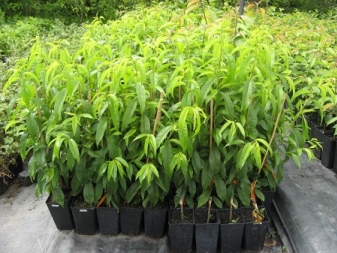
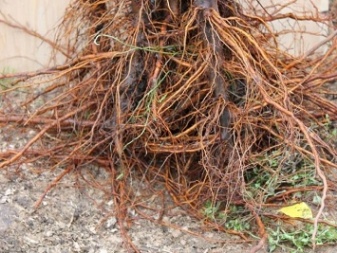
Pick-up location
The most responsibly you need to approach the choice of a site for planting a peach crop. Adaptation and future fruiting largely depend on the comfort of the proposed conditions. Peach grows best in open areas that are well lit by the sun throughout the day. It is important that the young plant does not experience a lack of light, so you do not need to plant it near buildings and other trees. At the same time, the site must be protected from cold drafts and piercing winds. A good solution would be to plant peaches near the fence on the south or east side. In this case, the tree will be protected from the winds, but the degree of illumination will not be affected. Groundwater at the site must pass at a depth of 3 or more meters from the ground surface. The optimal site for landing will be a light hill. In wetlands, the tree will inevitably wither away.
Peaches grow well and develop on chernozem soils, as well as loams with low pH. On such substrates, they adapt more easily and subsequently bear fruit successfully. But plots with sandy and clayey soil are not recommended. If you cannot choose the optimal substrate, you must first take steps to optimize the soil:
- if the earth is clay - add purified river sand to it;
- if the soil is sandy - mix it with clay;
- if the land is located close to groundwater - using crushed stone or crushed bricks, it is necessary to equip a high-quality drainage system.
And, of course, we shouldn't forget about our neighbors. An unfavorable neighborhood often leads to a weakening of the plant's immunity and significantly reduces fruiting. Avoid planting peaches next to cherries, apples, apricots, cherries, pears, and walnuts.
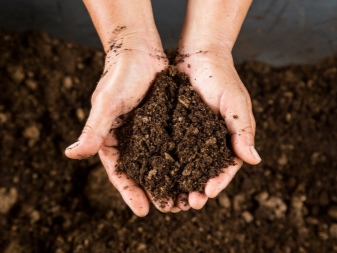
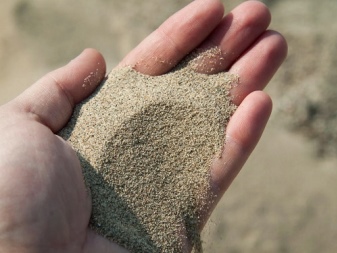
Technology
Landing technology is of great importance.
Digging a hole
Experienced gardeners start preparing the peach tree hole in advance. This should be done in the fall, if the planting of the seedling is planned in early spring, and in the spring or early summer, if you are going to transplant in the fall. In the most extreme case, you can prepare a planting hole 3-5 weeks before planting a young plant, regardless of the season. When forming a fossa, the top layer should be placed in one place, and the bottom layer in another. The width of the hole should be 2 times the root system, the depth should be three times. Accordingly, it is necessary to prepare a pit with a diameter of about a meter and a depth of 60-80 cm.
Fertilizers should be applied 3-4 weeks before planting, this will allow you to form an optimal supply of useful macro- and microelements. Thanks to this, the plant adapts more easily, takes root faster and begins to actively bear fruit in subsequent seasons. Top dressing is carried out according to a certain scheme.
- At the bottom place humus or compost.
- On the organic layer pour out a soil mixture composed of the upper fertile soil layer, potash and phosphorus fertilizers, taken from the calculation of 100 g of preparations per bucket of substrate.
- Above fertilizer is sprinkled with soil of the fertile layer.
- In general, the nutrient layer should occupy a third of the hole. It is very important to apply top dressing in advance, because after watering the earth will settle and this will minimize the appearance of voids. It is important that after planting the roots do not come into direct contact with fertilizers, otherwise they may get a chemical burn.
- If the site has a high level of groundwater occurrence, then you should lay out the drainage on the bottom with a layer of 10-15 cm.
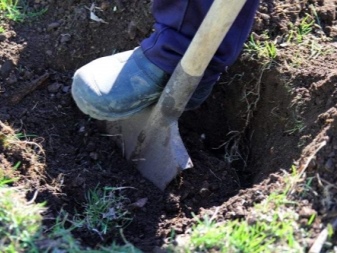
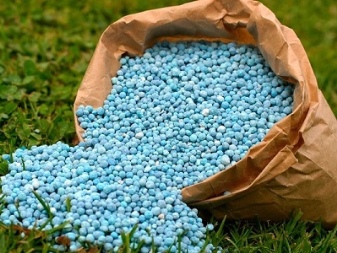
Seedling preparation
To minimize the stress of the plant after transplanting and to speed up the survival rate, the seedlings must be properly prepared. To do this, immediately before the procedure, you must carefully examine them. Any damaged areas and rotten roots must be cut off immediately.
3-5 hours before planting, the roots are soaked in cool water, it is advisable to add Kornevin or another root formation stimulator to it.
Immediately before planting, the root system is dipped in a mixture of manure and clay, diluted to a state of sour cream.

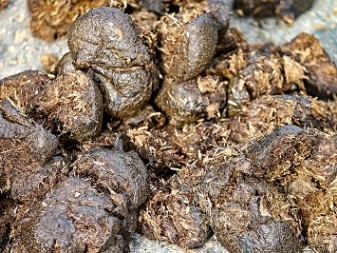
Landing scheme
An adult plant usually has a fairly spreading crown. Therefore, when planting young plants, you need to select the correct distance between the trees. The optimal spacing between individual trunks is considered to be 4 m, the size of the row spacing should correspond to 5 or more meters. Compliance with this scheme will allow plants to grow safely, develop and give a rich harvest.
Landing technology includes several steps.
- Abundantly moisturize prepared landing pit.
- Place the young seedling in the very center of the hole. Be sure to straighten all the roots. It is necessary to deepen the plant in such a way that the root collar is flush with the soil surface or rises by 3-5 cm.
- Insert a wooden post near the seedling. At first, it will act as a support for the developing peach.
- Carefully fill the prepared hole with earth, trying to fill in all the voids between the individual root fragments.
- Gently compact the soil and attach the seedling to the support with soft twine or jute thread... Decorate the near-stem area and water abundantly. Then shake the young plant slightly to neutralize the voids in the substrate.
- When the moisture is completely absorbed, loosen the soil around the tree.
- Then cover this place with mown grass, peat, hay, wood chips or other mulch.
Important: when planting, make sure that the grafting site of the young plant is facing south.
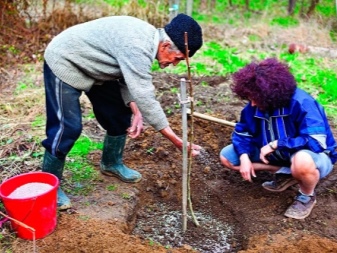

Follow-up care
After planting peaches in open ground for the first couple of years, trees need special care. At first, they will need a lot of strength in order to quickly take root and adapt to the changed growing environment. If fertilizers were laid during the formation of the planting holes, then the peach will not need additional fertilizing during the next year. All other agrochemical measures depend on the planting season.
Peaches planted in the fall require certain grooming procedures.
- Pruning... A couple of weeks after planting the peach, pruning is performed. To do this, its crown must be formed in the form of a bowl. For this type of crown, a small stem is typical, in which all skeletal branches are located as close as possible to the surface of the earth.
- When pruning from the grafting zone to the side shoot, measure 35 cm and cut off all branches above this segment exactly under the ring. It is necessary to leave only 4-5 of the most powerful shoots directed in different directions and located at a distance of 10-20 cm from each other. All other branches are cut three to four buds from the ground.
- Rodent protection. If mice, rats, hares and other pests visit the garden in winter, then the tree trunk circle of a young tree must be mulched. The trunk itself is protected with roofing material, agrofibre or any other available material.
- Mulching... Even if pests do not visit the site, it is imperative to insulate the trunk circle. To do this, it is necessary to place mulch on the ground with a layer of at least 10 cm. This will keep the heat and protect the young seedling from frost. The most effective mulching material is considered to be humus, hay, sawdust and peat.
- Shelter... Peach belongs to thermophilic crops. Frosts are dangerous for her, therefore, after the autumn planting, a young plant must be wrapped with insulating material.
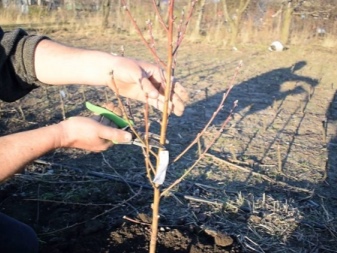
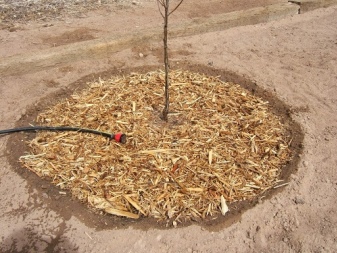
If the plant was planted in the spring, agricultural technology includes other activities.
- Watering... At the stage of adaptation of the seedling, the earthen coma should not be allowed to dry. A young tree needs to be watered frequently - at least once a week. At the same time, at least 4-5 buckets should go under each bush. But stagnation of moisture should not be allowed either. If the weather is rainy, then it is better to reduce the volume of water. When the plant adapts, watering is reduced to once every 10-15 days.
- Loosening... The soil in the near-trunk circle must be loosened the next day after watering. You should also remove all weeds in a timely manner.
- Observation... Monitor the health of the young peach throughout the growing season. If you notice signs of fungal bacterial infections or garden pests, spray with fungicides or insecticides immediately.
- Mulching... Just like in autumn, it is advisable to put mulch around the tree in spring. This will keep moisture in the soil.
- Pruning... After planting in spring, pruning is done in the same way as when planting in September-October.
With proper care, the peach will begin to bear fruit as early as the third year after planting.
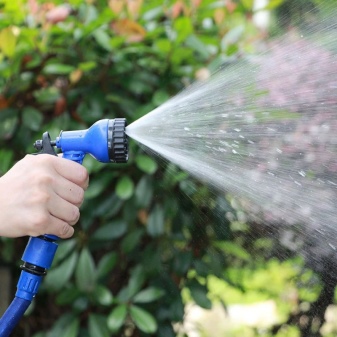












The comment was sent successfully.